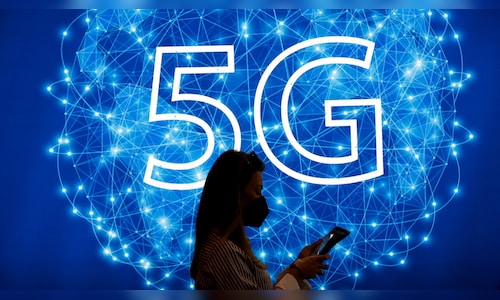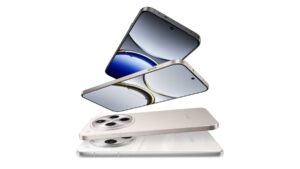
Taylor Swift’s Eras Tour took the world by storm. And rightfully so! It was a whirlwind of nostalgia and emotion. With over 146 sold-out shows across the globe, Swift took her fans through every chapter of her career. But the Eras Tour wasn’t just about dancing in the aisles and singing along to All Too Well, it was also a stress test for mobile networks, which had to keep up with millions of fans trying to capture and share every moment — all in real time. They were live-streaming, uploading videos, and posting high-res photos faster than you could say “I knew you were trouble.”
The result? A data frenzy.
Each night, 5.4 terabytes of data were consumed, equivalent to sharing over 1.7 million images on social media or streaming Taylor’s entire discography more than 4,500 times.
5G technology was the unsung hero here. A study by Ericsson ConsumerLab, with 14 million fans, revealed that at events like the Eras concerts, 5G users reported 20% higher satisfaction compared to 4G users. Two out of three 5G fans had their connectivity expectations met or exceeded, with app performance and network stability emerging as the top factors for their satisfaction.
Ericsson’s study also found that fans are willing to pay for premium connectivity — up to 15% more on top of ticket prices for guaranteed seamless service.
At the Eras Tour, network congestion could have been a real issue. But with 5G on hand, connectivity stayed smooth, even when the stadiums were filled to the brim. Telecom operators, having anticipated the data deluge, deployed extra 5G antennas and temporary mobile sites to handle the surge in demand. The same game plan was used during other massive events, like the Paris Olympics, where uplink traffic tripled during peak moments and 5G was essential for managing 25% of the total traffic.
Also Read: Ericsson pushes for premium 5G plans, says AI will drive mobile data boom
(Edited by : Shoma Bhattacharjee)



